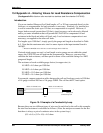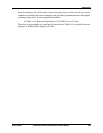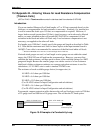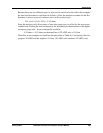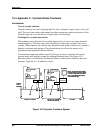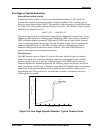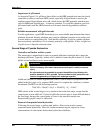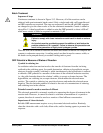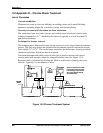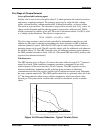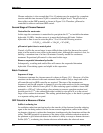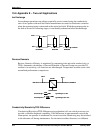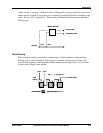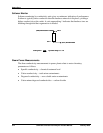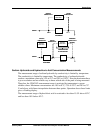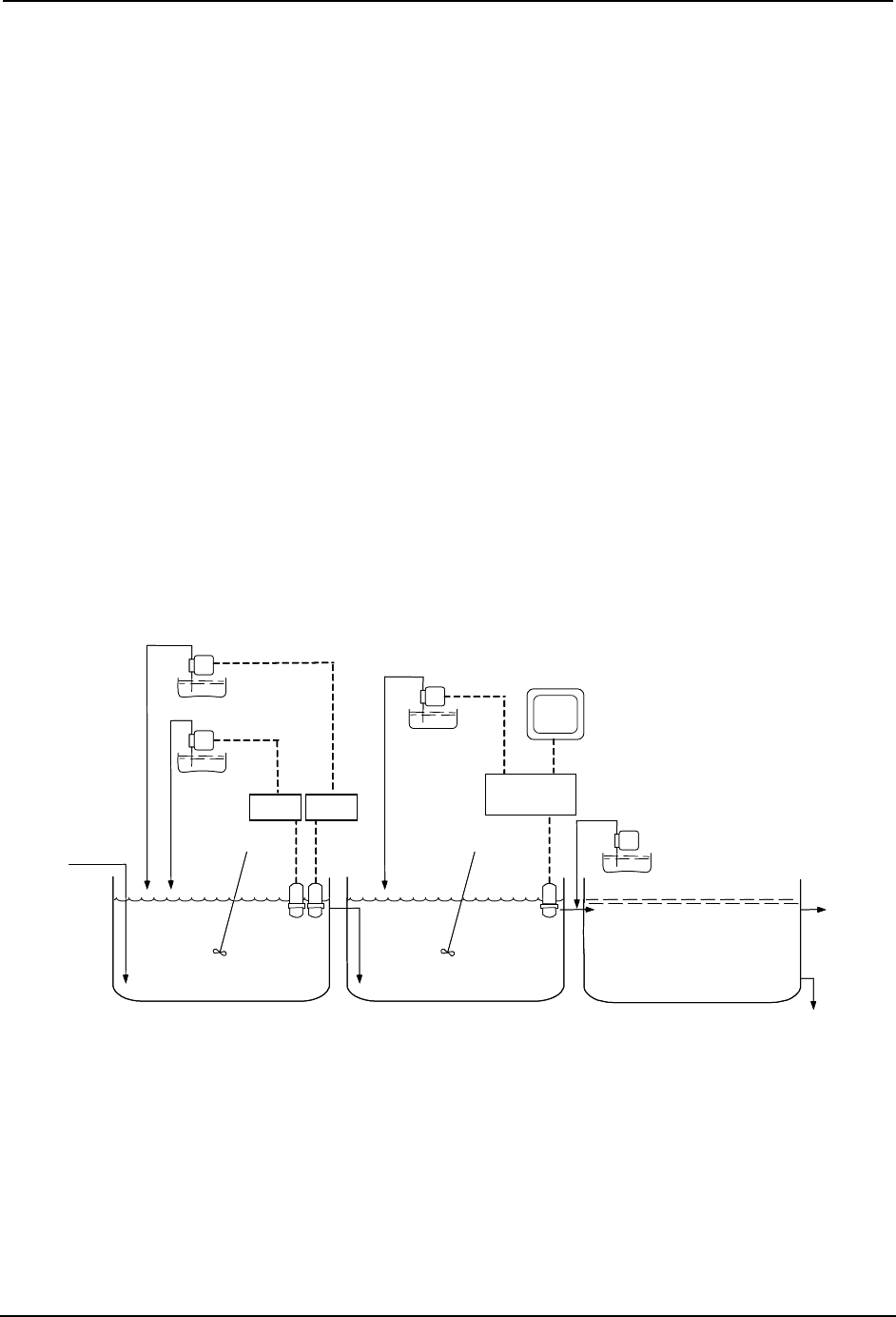
Appendices
208 UDA2182 Universal Dual Analyzer Product Manual January 2009
15.5 Appendix D – Chrome Waste Treatment
Use of Chromates
Corrosion inhibition
Chromates are used as corrosion inhibitors in cooling towers and in metal-finishing
operations including bright dip, conversion coating, and chrome plating.
Necessity for removal of chromium ion from wastewater
The wastewater form rinse tanks, dumps, and cooling tower blowdown contains toxic
soluble chromium ion, Cr
+6
, which must be removed, typically to a level less than 0.5
ppm before discharge.
Technique for chrome removal
The technique most often used for this chrome removal is a two-stage chemical treatment
process. The first stage lowers the pH and adds the reducing agent to convert the chrome
from soluble Cr
+6
to Cr
+3
. The second stage neutralizes the wastewater, forming insoluble
chromium hydroxide, which can then be removed.
Consistent treatment and stable control in this type of process requires well-mixed
reaction tanks with enough volume for adequate retention time (see Figure 15-5).
Retention time is calculated by dividing the filled or usable tank volume by the waste
flowrate. Typically, it is ten minutes or more.
RECORDER
PROPORTIONAL
NOTE: The separate pH and ORP
measurements and control shown
in the first stage may be handled
with a single UDA2182 Analyzer
with combined input
CAUSTIC
Ph ANALYZER/
CONTROLLER
POLYELECTROLYTE
BISULFITE
ON/OFF
ON/OFF
ACID
pH
ORP
CHROME
WASTE
REDUCTION NEUTRALIZATION SETTLING
SLUDGE
RECORDER
PROPORTIONAL
NOTE: The separate pH and ORP
measurements and control shown
in the first stage may be handled
with a single UDA2182 Analyzer
with combined input
CAUSTIC
Ph ANALYZER/
CONTROLLER
Ph ANALYZER/
CONTROLLER
POLYELECTROLYTE
BISULFITE
ON/OFF
ON/OFF
ACID
pHpH
ORPORP
CHROME
WASTE
REDUCTION NEUTRALIZATION SETTLING
SLUDGE
Figure 15-5 Chrome Treatment System



